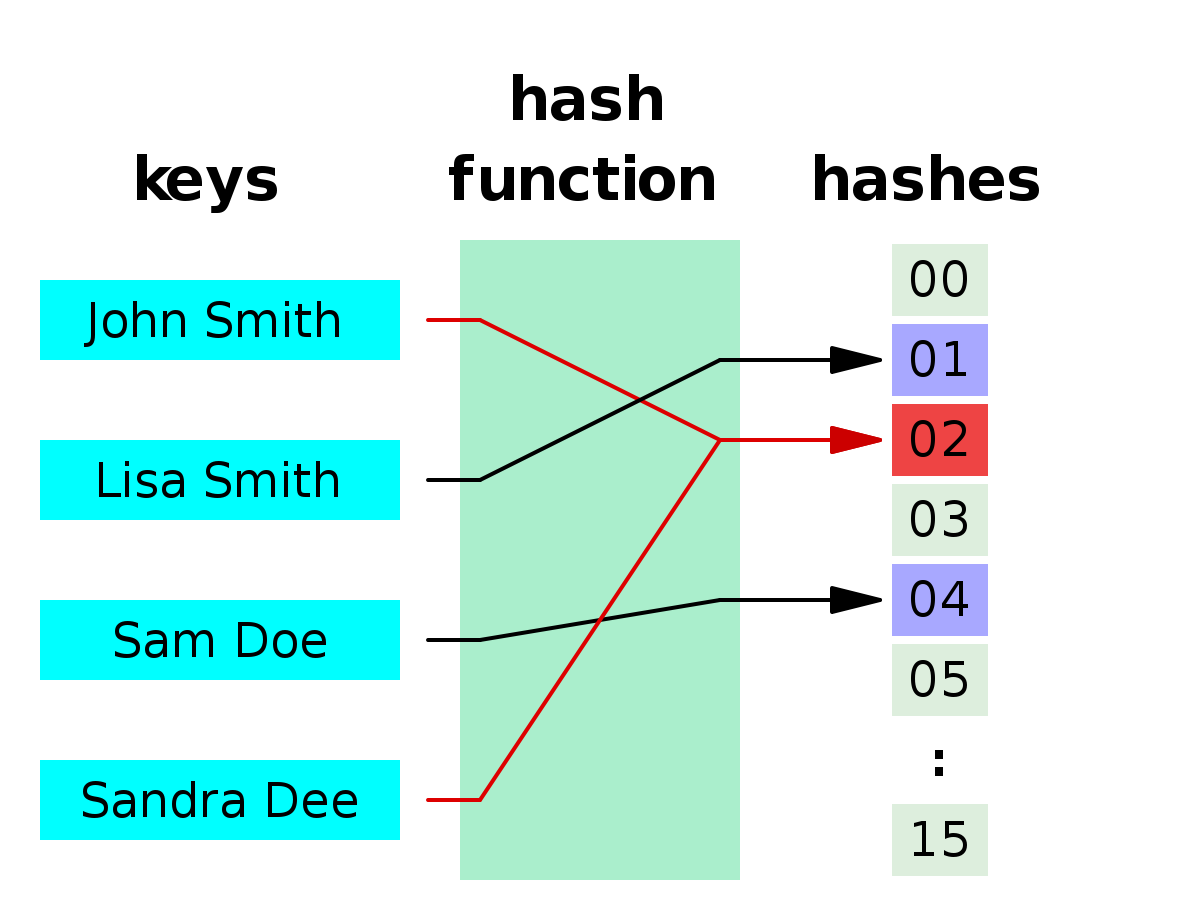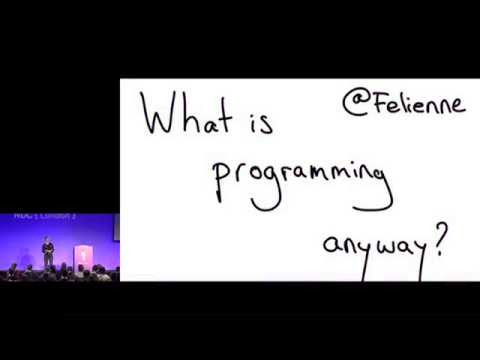Lara Schenck
Lover of programming, maker of monsters
Blog
Look through historical posts using these drop downs:
-
How’s it going, Lara?
Things are going *really well* for me right now, and that calls for a blog post! This one is much more personal than my posts usually are, but it’s healthy to open up a bit now and again, right?

-
Browser Mechanics In My Own Words, Part 2: The Browser is An Interpreter
The code we humans write cannot be read by computers – it must be translated into machine code. Compilers and interpreters do that, and the browser is an interpreter!
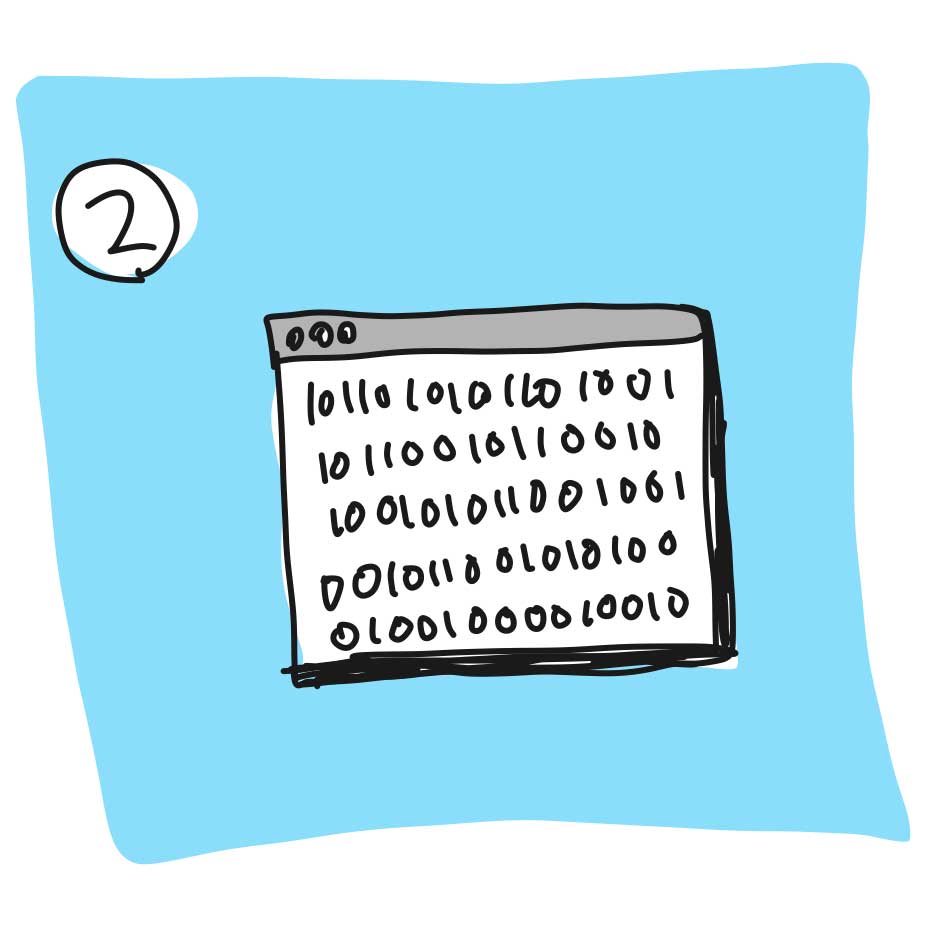
-
Browser Mechanics In My Own Words, Part 1: Decode Bytes to Unicode Code Points
This is the first in a potentially long series about browser mechanics, in my own words. Read on to learn about one of the first steps a browser takes: decoding bytes to Unicode code points.

-
Too Much Pressure
I set my standards too high for blog posts. I know that they are too high because I don’t publish them. It’s too much pressure! (It’s got to stop, it’s got to stop) And a cool thing: I was magically able to write blog posts again after publishing this one!
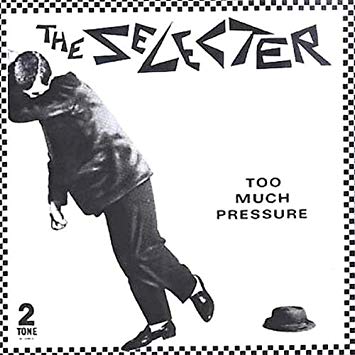
-
The Etymology of Programming – Brittany Storoz @ JSConf EU
I highly suggest watching Brittany’s full talk – she is a brilliant speaker, and her presentation is full of both fun facts about programming jargon and critical information about the impact of the terms we use.
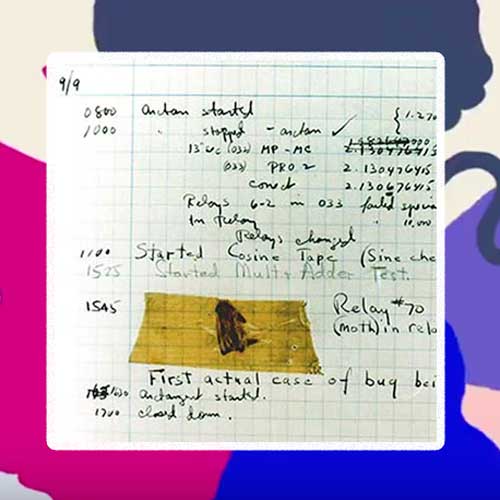
-
Europe Trip/Talks: Recap + Photos
I have returned from my three-week romp around Europe, book-ended with talks at CSSConf EU and WordCamp EU. Here’s a recap along with some photos.

-
CSS Algorithms: Changelog and Sources
Is CSS a programming language? What is a “CSS algorithm”? Read on to answer these questions, and to learn how CSS fits into the world of programming and computer science.
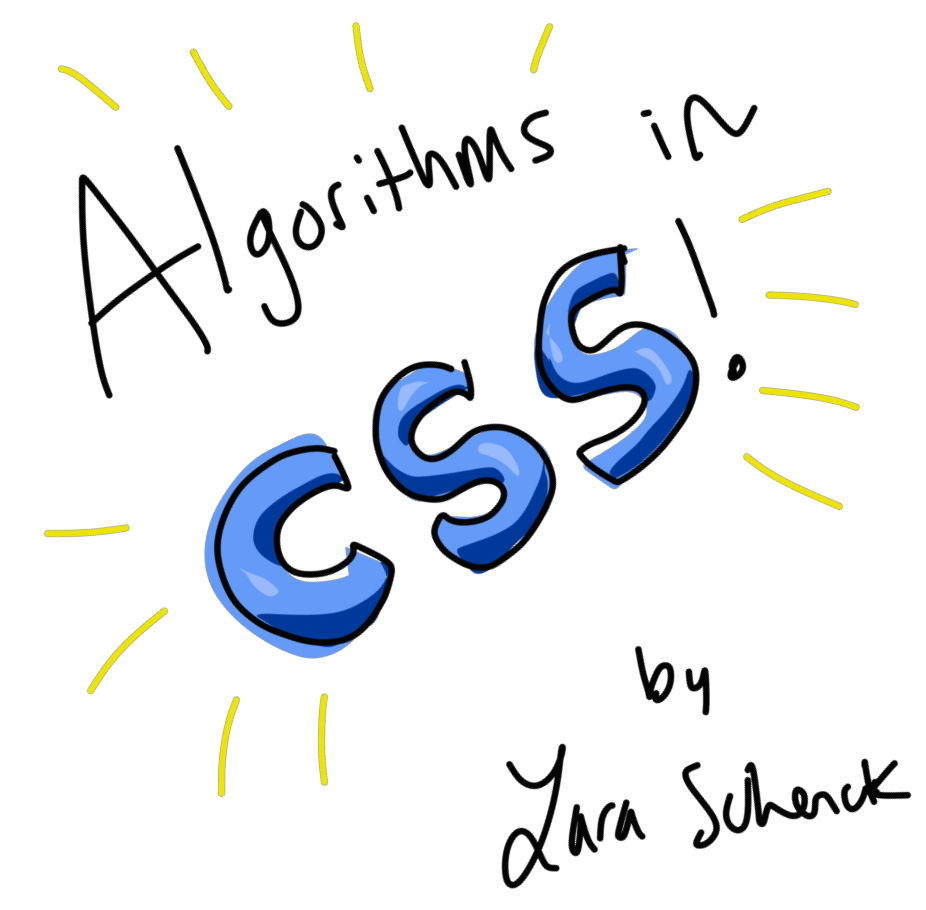
-
Enumerability in JavaScript, or “why some properties are dimmed in a console.log”
I’d seen dimmed properties before, and I always thought of them as the properties that are there by default, or ones I’m not supposed to manipulate. It turns out that’s pretty much correct. The technical term for that is that dimmed properties are non-enumerable vs. enumerable properties.
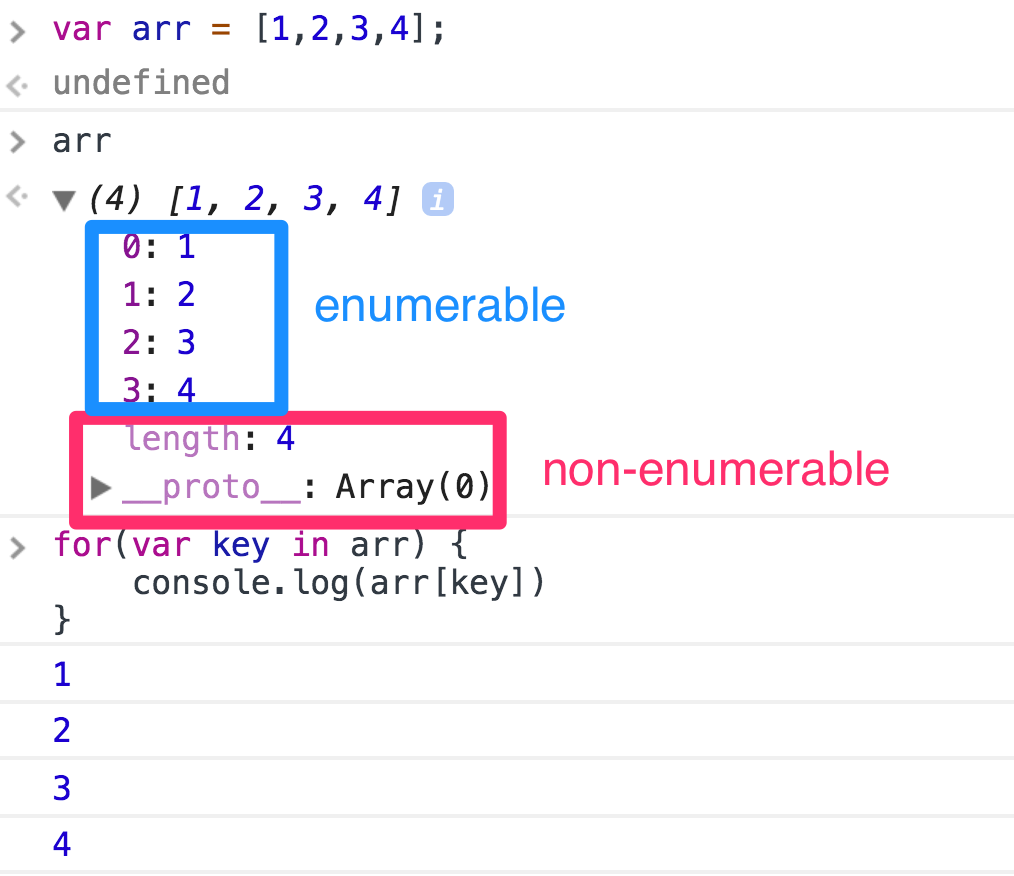
-
Required Reading: Technically Wrong by Sara Wachter-Boettcher
This should be required reading for anyone who works in tech…and anyone who uses tech! In particular, wouldn’t it be great if every new boot camp and college graduate was required to read this book?
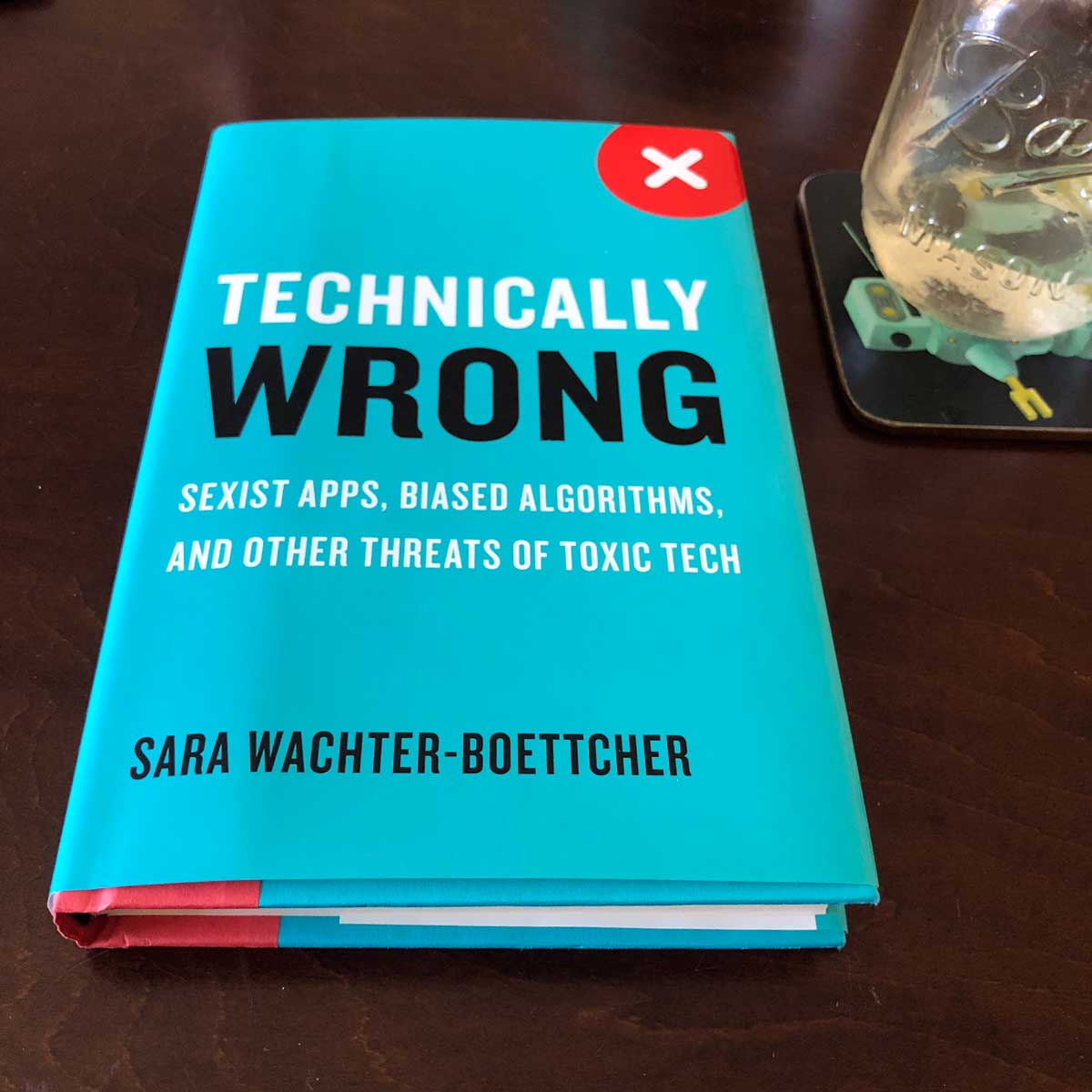
-
Dead Fish ≠ Code Export
This post is a response to a tweet critiquing the “code export” capability of design tools, and a talk called “Stop Drawing Dead Fish” that calls for better tools to allow artists to create visual art without code. Should designers code? Should artists code? It’s a nuanced, interesting topic and I had some thoughts.
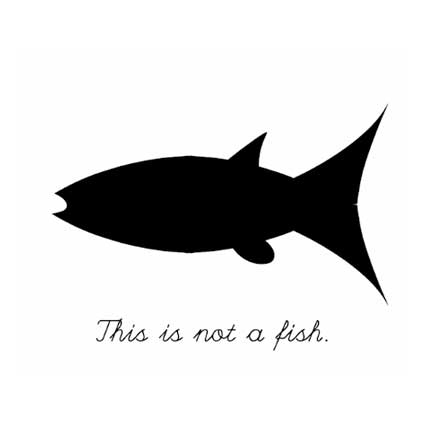
-
Everything Easy is Hard Again – Frank Chimero
I started the year exceptionally motivated and productive, with a reasonably-sized to-do list that has now expanded by a factor of at least three. This article by Frank Chimero about the increasing complexity of web development came about at the right time, and it deserves a share.

-
#Make100 Monsters on Kickstarter!
A non-computer hobby of mine is to illustrate friendly monsters. In an effort to get them out of my sketchbooks and onto walls, I’ve launched a Kickstarter #Make100 project!
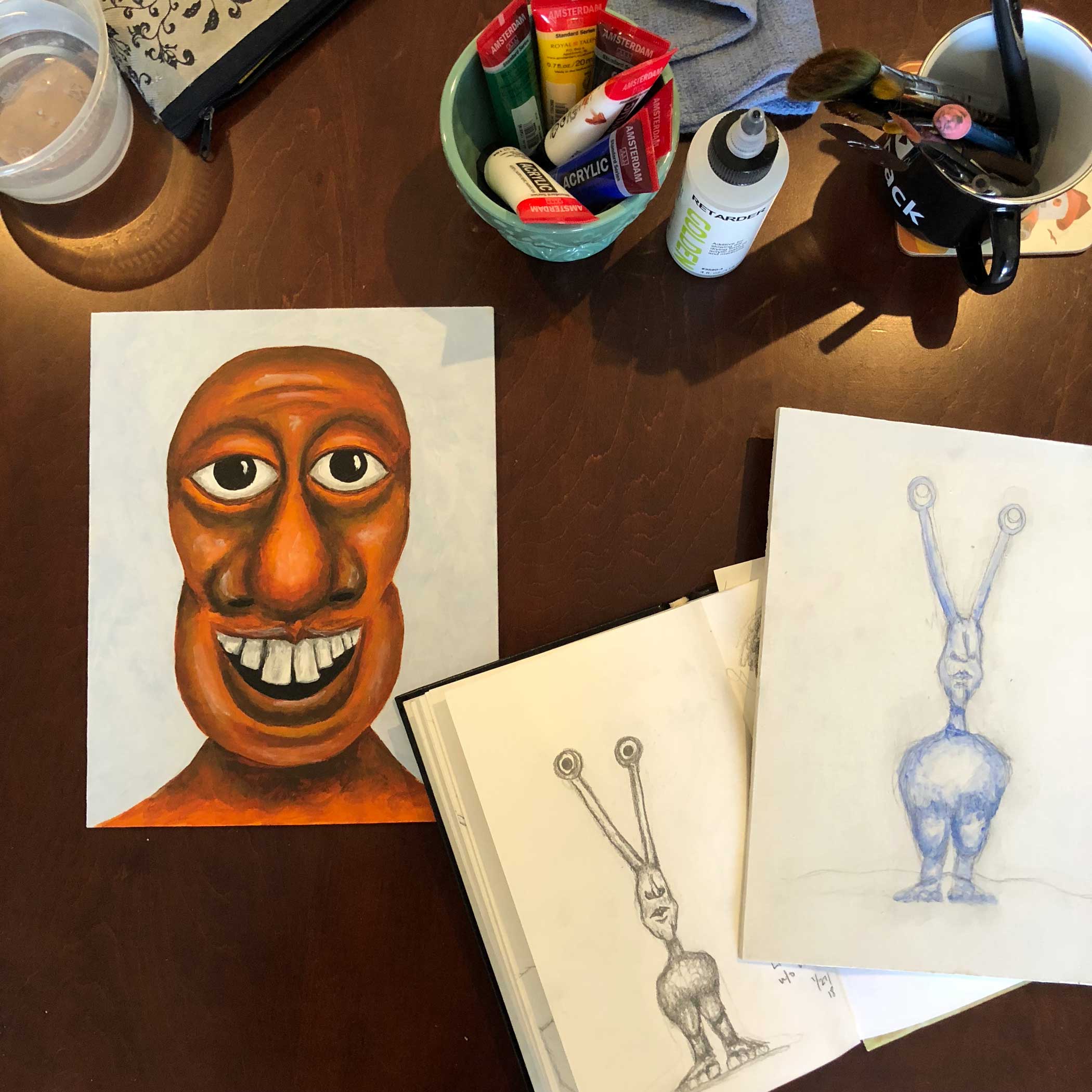
-
Notes from Kyle Simpson, My JavaScript Spirit Guide
A few key takeaways from the course “Deep JS Foundations” on Frontend Masters, taught by Kyle Simpson who I now declare my JavaScript Spirit Guide.
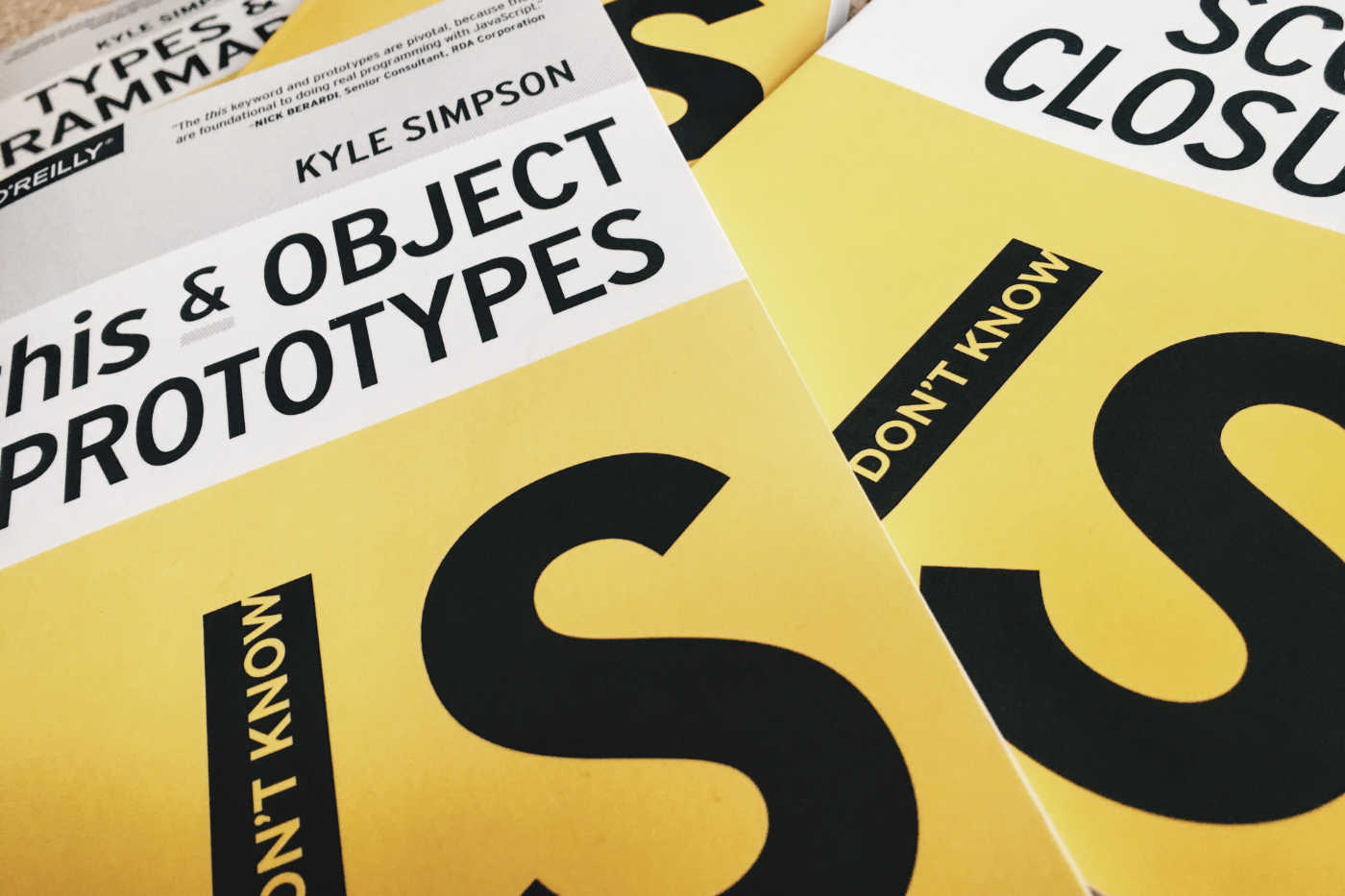
-
Sloppy Screencast #1: Actions vs. Filters in WordPress
What’s the difference between actions and filters in WordPress? In this “Sloppy Screencast”, i.e. a recording from a tutoring session, we will explore.
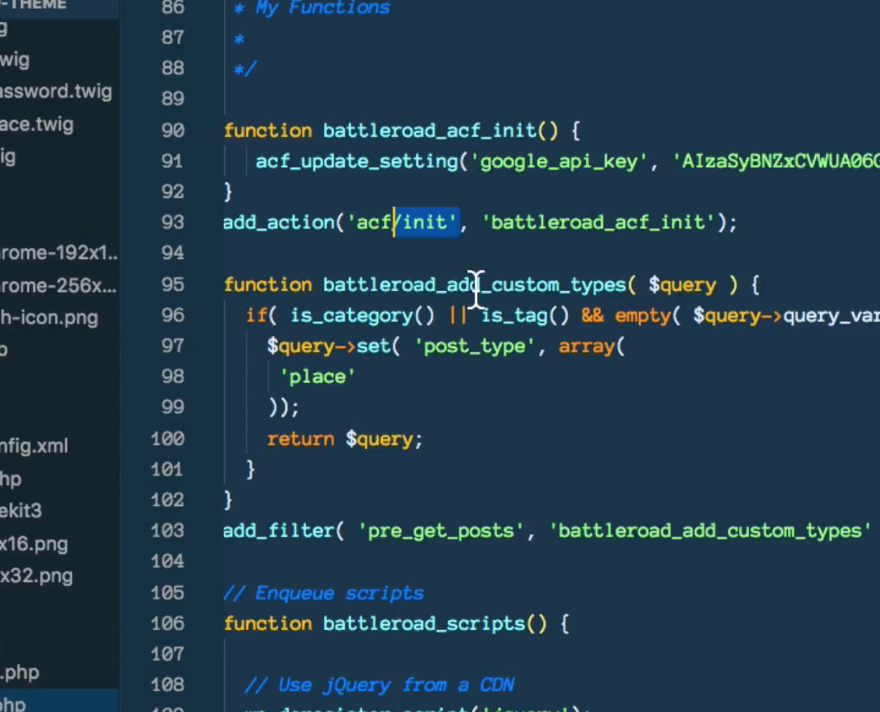
-
2017: Year in ReviewWhat’s up, 2018!My 2017 Year In Review post ended up morphing into a longer article, so for now, here are some goals and plans for 2018. They can be boiled down to WordPress, Computer Science studies, and writing.

-
Researching Headless WordPress:
The head stays on…for now.I have a new project coming up that is the perfect opportunity to refine my WordPress process. Building the site as a “headless CMS” and finally digging into React was at the top of my mind, but after some research, I’ve decided the head will stay on.
-
Thoughts on Gutenberg (Post-WordCamp US)
A follow up to my pre-WordCamp post about hesitations regarding Gutenberg. Blocks are the future, and I’m excited! Gutenberg and blocks will change the web, or at least 30% of it.
-
Thoughts on Gutenberg (Pre-WordCamp US)
This post has been marinating in my drafts for a few weeks, and I’d like to get it out into the world before I learn a whole bunch through talks and conversations at WordCamp US this weekend and refine my views accordingly.
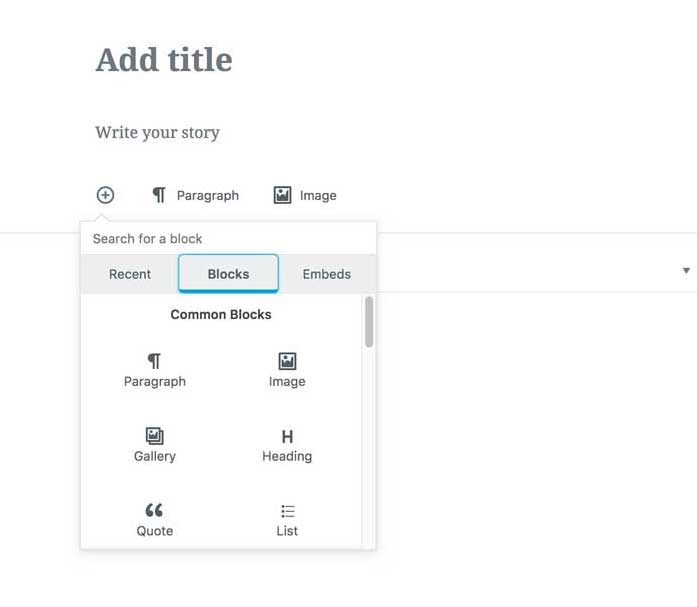
-
Advocating for Accessible UI Design
Although it is a hot topic in our industry, accessibility is not just up to developers! In this article I wrote for CSS-Tricks, I go through several non-technical accessibility tips developers can share with designers and content providers in order to advocate for accessible UI design on teams.
-
Advocating for Accessible UI Design [on CSS-Tricks]
A few tips for accessible UI design you can share among your designer and product colleagues. Originally published on CSS-Tricks.
-
Day 6: Algorithms – Sorting Algorithms in JavaScript
Algorithms have got a bad, scary, rap. And you know what? It’s for good reason – understanding an algorithm is pretty doable, but implementing an algorithm in code of your own? It’s hard. I went through writing some common sorting algorithms in JavaScript with lots of help from the Internet. Take a read!
-
Day 5: Algorithms – Logarithms, Big-O, & Binary Search
If I told my 16-year-old, art student self I’d be writing a blog post about logarithms, I wouldn’t have believed it. I’ve tried hard to avoid math for much of my life, yet here I am, not only learning about it but enjoying it! This post is an outline of what logarithms are and how…
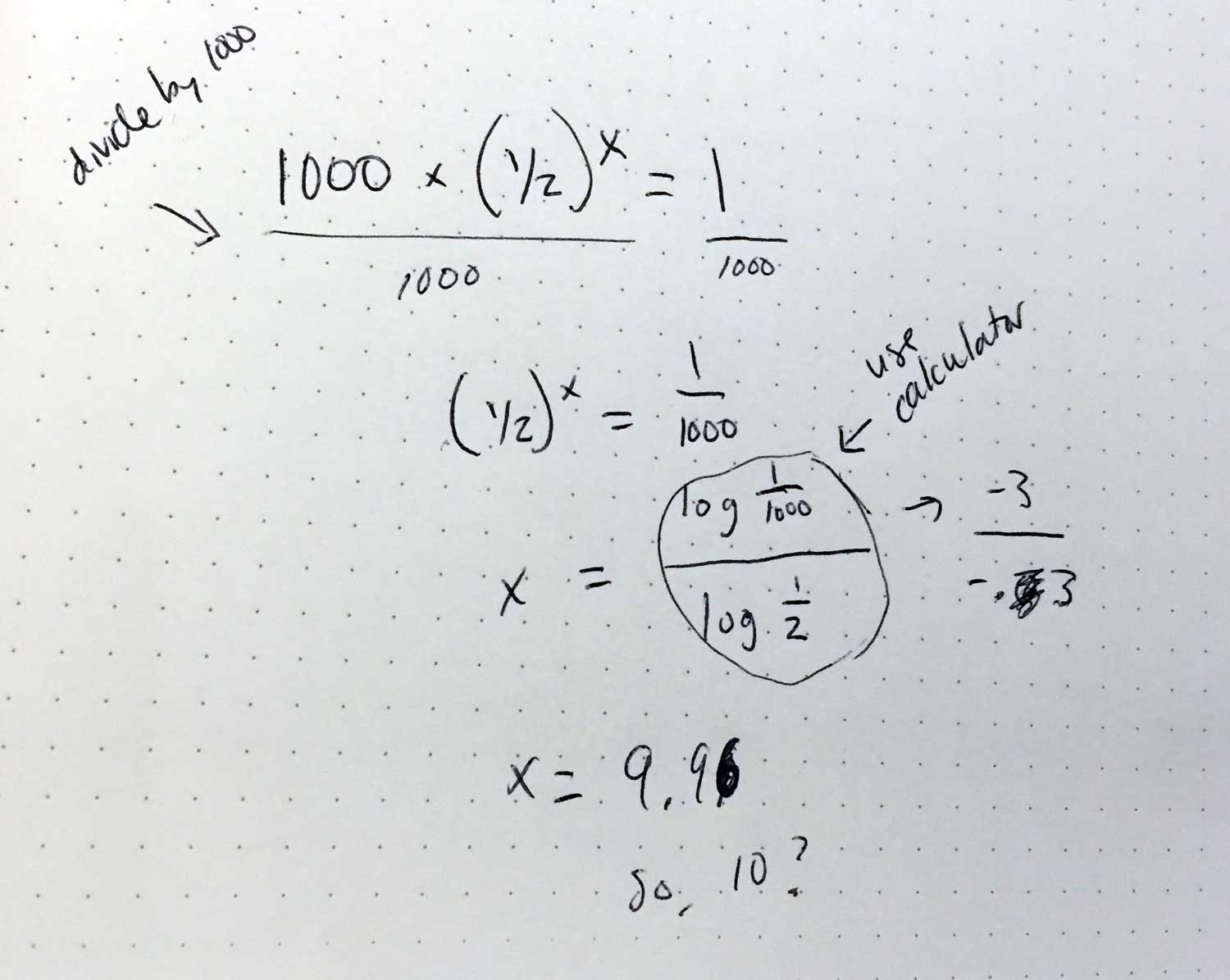
-
Day 4: Data Structures – I Made a Hash Table
Apart from hashtags, my association with hashes is encrypting passwords in a database. That association is correct in terms of what a hash is, but there are also hash tables, hash functions, hash maps, and oh my gosh, more hash things for sure. Let’s focus on a hash function and a hash table and building…
